YoIn the world of long-distance running, East Africans have long been the dominant force, and soon they may also be setting the pace in the whitest of elite sports: cycling. This month, the Migration Gravel Race (MGR) brought together 100 of the world’s top cyclists in a four-day showdown on the rocky, red dirt roads of Kenya’s Maasai Mara. With a third of the entrants from East Africa, it was a rare opportunity for the region’s riders to show they can rival the best.
“Cycling is a very Eurocentric sport,” he says Mikel Delagrange, the first move behind the event. “In over 100 years of the world championship, only three athletes outside of Europe have ever won, and they came from the US and Australia.”
For 11 years, Delagrange, a human rights lawyer, worked mostly in central and east Africa, for the international criminal court in The Hague. He quit last year and now works with the UN in Palestine.
“The obstacle for east African riders is that they lack access to international competition,” he says. “You might be the best in your neighborhood but you won’t progress if you’re only beating people in your neighborhood.
“But if we send an East African to an international race, we’re spending an unbelievable amount of money on visas because everyone thinks they’re a migrant, then on flights, plus staying in Europe is prohibitively expensive for most.
“After a lot of consultation, we thought: instead of clawing at the door, why don’t we bring international competition here?”
Against a backdrop of acacias and euphorbia candelabra trees, amid the zebras, giraffes, impalas and wildebeest of the savannah, the four-day race takes riders along 650km of rough roads, climbing above 3,000 meters. Each day, before the course is cleared by Maasai motorcycle sweepers, dressed in their traditional red plaid blankets, a helicopter goes ahead to check for elephants and buffalo.
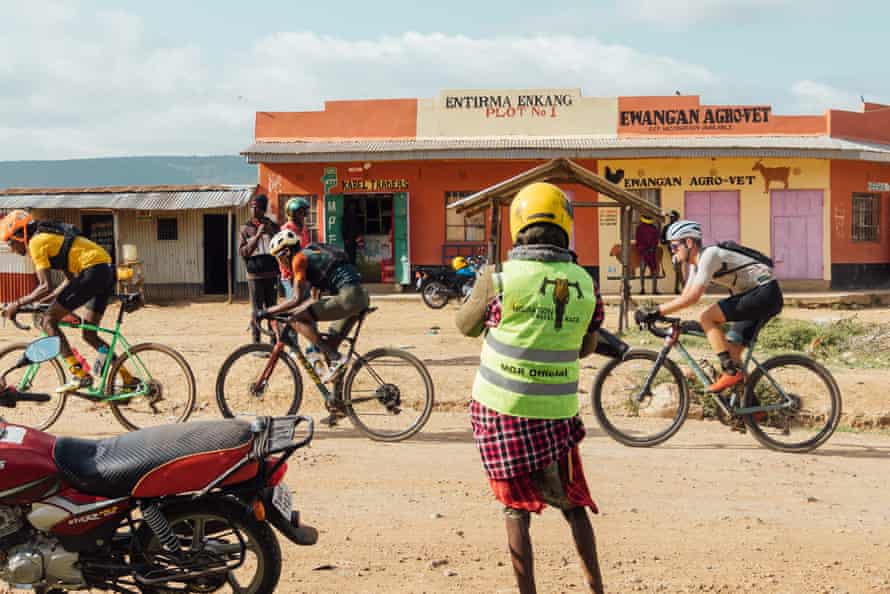
“What Mikel is doing is giving east African riders a home-based platform, not a European one,” says Kenyan cyclist David Kinjah. “They get a chance to compete against the best, in their country.”
Organizing a traveling band of 100 cyclists in a region that lacks infrastructure is a challenge. All the logistics, from security to cooking to building the campsites, is done with support from local Maasai.
Last year, Delagrange set up the Amani team – eight men and four women from the top cycling clubs in Kenya, Uganda and Rwanda. “Amani has changed my life, but not just mine,” says suleiman kangangi, 33, a Kenyan cyclist. “This is a big deal for East African riders. We selected the best for this race, and they know there’s something to aim for.”
Nancy Akinyi, 32, another Kenyan cyclist, says: “It’s not just about bringing these people here to compete, it’s to prepare these young riders for what could be their future if they excel. Thanks to Amani, we can send riders from East Africa and show we can do it. If you go to the world championship, you don’t see black people there.
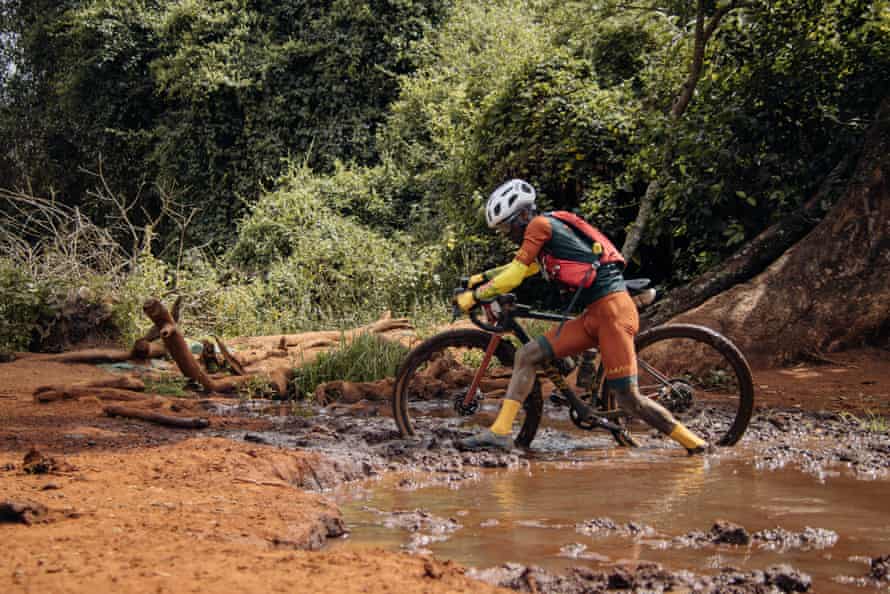
“Amani is special because now black people can see that we can be pros. It’s unusual to see people from the northern part of Africa – I’m going to say black people – doing so well,” she says.
“It started here in east Africa, but now I get emails from women in Congo, Tanzania and even Lesotho who say they want to join the team.”
Non-African riders, who include big names such as Lachlan Morton from Australia, Italian cyclist Mattia de Marchi and Lael Wilcox from the US, paid €1,250 (£1,075) to enter, some of which goes towards funding the Amani team.
Everyone is racing for fun and glory; there is no prize money.
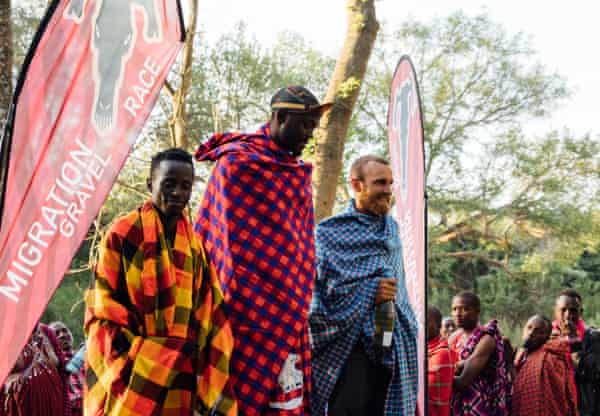
“The Europeans didn’t expect the African riders would be so tough to beat,” says Kinjah. “When we compete in Europe, everything is different: the food, the language, the roads. This affects your performance.”
The home advantage changes the odds. On the eve of the first stage, Delagrange thanks the non-Africans for coming, then adds: “Just for a change, you’re going to be the people who stand out and don’t speak the language.”
The fast-growing sport of gravel racing, essentially putting mountain bike tires on high-end €10,000 road bikes, is more open and democratic than road racing. Like a marathon, anyone can line up with the best.
“What you have here – where you can sit around the campfire after a race and chat with people from all walks of life, make new friends and also hammer each other for five hours on the road every day – that doesn’t exist in the majority of races,” says Morton, who finished fifth overall, behind three Amani riders. “It’s an experience that’s so much more fulfilling. I’d come back in a heartbeat.
“In an event like this, the bullshit fades away. It’s like, here’s the start line, here’s the finish, go for it. It doesn’t matter where you’re from, we’re all going to sleep in tents and we’re all going to eat the same food, so let’s get on with it.”
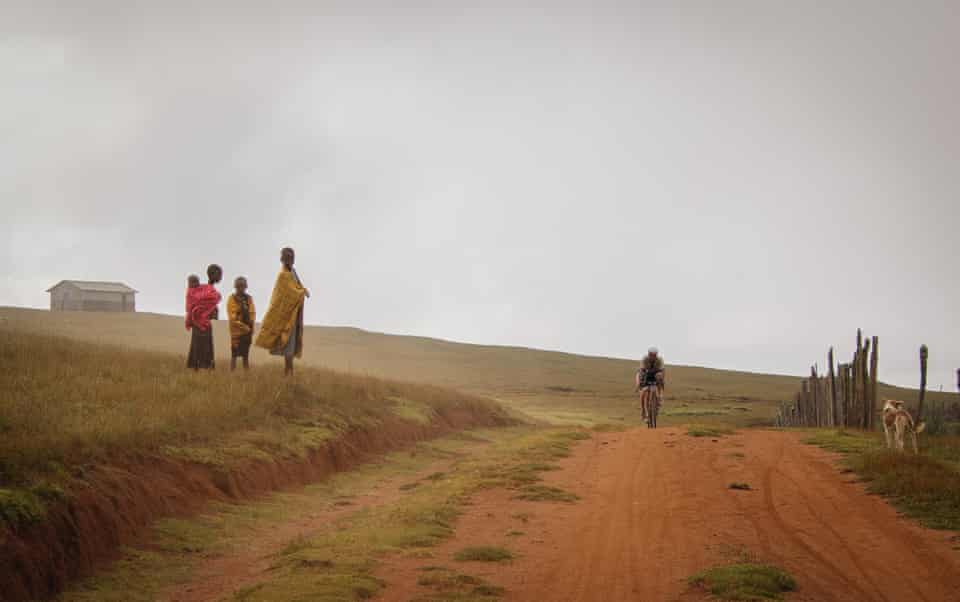
Wilcox, who eleven I rode 3,000km from her home in Anchorage, Alaska, to reach the start line of the 4,500km Tour de Canada, and then broke the women’s record by four days, is another fan: “It’s cool that there’s a really good women’s field here. They’ve put a lot of effort into inviting women and making them feel like they belong. It’s good to see.”
Juliet Elliott, a 44-year-old cycling pro, says: “A race like this, where we all race together but there are separate podiums, that’s pretty cool. If I’d had to do road races against guys, I probably wouldn’t have bothered, but gravel is more open. In these long-distance disciplines, women tend to do better.”
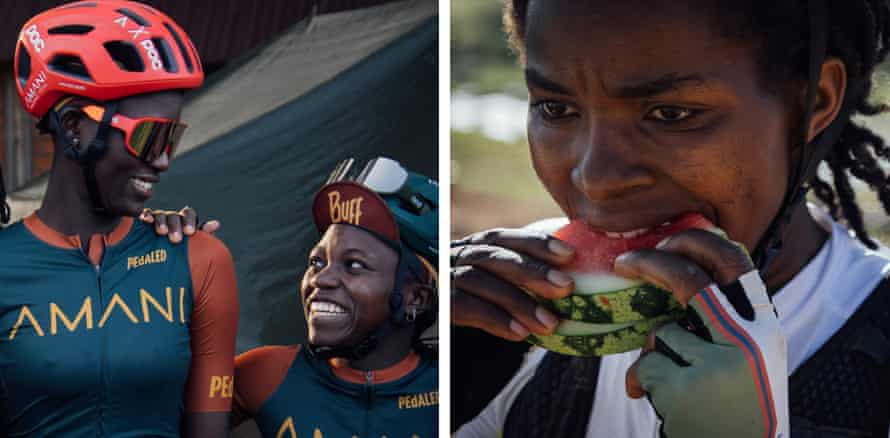
Delagrange says they had the good luck to be ready with a concrete proposal when the Black Lives Matter movement made some realization that “racial disparity is a thing, and continues to be”. There was some overdue reflection in cycling, he says, and many “were looking for a fig leaf to cover how white the sport is. We acted as a hub for corporations to know where to direct their resources.”
He believes the industry is beginning to understand that it’s not diverse enough to be considered an international sport. “Imagine if running was still just Roger Bannister. We aren’t pushing the limits of human capability. Without allowing the rest of the world to play this game, we still don’t know what can be done on a bike.”
The idea that East African cyclists can hold their own against the best was entirely vindicated. Amani’s John Kariyuki was the overall winner over the four stages. Two of his teammates, Jordan Schleck Ssekanwagi and Kangangi, came third and fourth. Fifteen of the top 20 finishers were Africans.
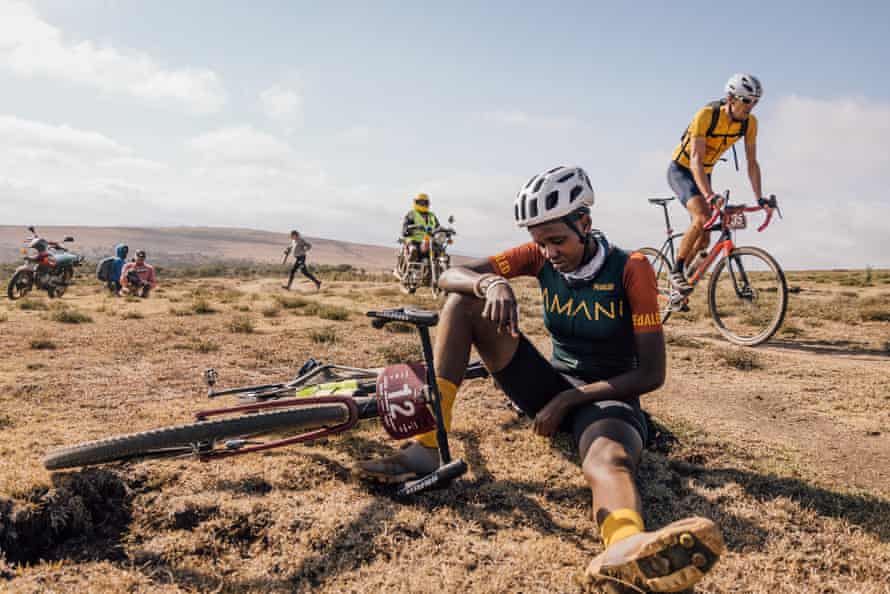
Distance rider Marin de Saint Exupéry, from Switzerland, says it’s the first time he’s raced against Africans. “I can’t keep up with this pace,” he says. “I was really attracted to the idea of this project, and met some of the team when they came to Switzerland last year. We shouldn’t need a project like this, but we do.”
Kinjah, 51, who finished 14th, believes many sporting projects in Africa fail because they have a European mentality and don’t understand the culture. “This project is different because they take the best from several countries,” he says. “They bring unity by putting these good riders in one team. Some of these guys have never been in the Maasai Mara or seen an elephant. Now they are having an adventure in their own country – and racing against the best in the world.”
“The scale is small,” Delagrange admits. “Right now, we have 12 athletes whose lives we’d like to improve through opportunities. We’re trying to make it easier for those outside East Africa to invest in great human beings. Maybe we will have those breakout athletes who will change the face of cycling. You’ve got to start somewhere.
“I think many Europeans are still clinging to a LiveAid mentality. People saw a bunch of things in the 80s, and they’re, like: OK, that’s what Africa is like. If you always see people in a disempowered position, it will reinforce your subconscious view of them. But when people come and meet athletes who kick their ass, they don’t see disempowered people, they see real competitors.
“Hopefully, after four days, they go home with a different view of what Africa is about.”
Sign up for a different view with our Global Dispatch newsletter – a roundup of our top stories from around the world, recommended reads, and thoughts from our team on key development and human rights issues, delivered to your inbox every two weeks:
Sign up for Global Dispatch – please check your spam folder for the confirmation email
www.theguardian.com
George is Digismak’s reported cum editor with 13 years of experience in Journalism